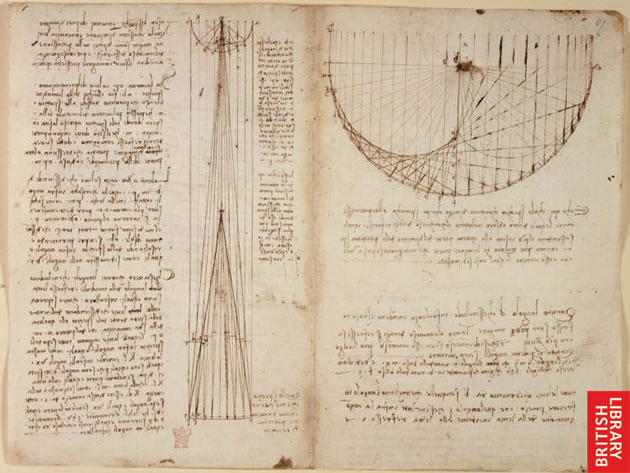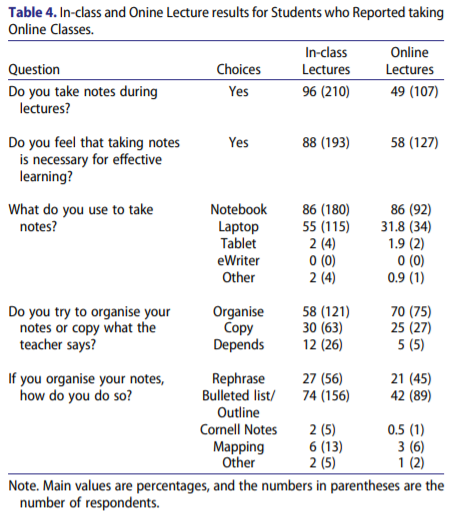I have been reading a lot about note-taking recently and I felt I wanted to share some of the interesting papers that I’ve stumbled upon during these little reading excursions.
Note-taking is of course as much an art as it is a science. Historic notebooks, like that of Einstein or Da Vinci (see below) are held in museums and studied by those who went after them in order to get a glimpse of what that person actually thought. Not what they thought once they had thoroughly polished a revised version that was later published, but rather their raw thoughts as viewed through the prism that is their notes. The notes are thus, in a sense, a window into our unfiltered immediate thoughts, and that makes them powerful.

Considering their importance in how we learn, surprisingly little has recently been written about the ways in which people, and specifically students, take notes (it would seem little has been written in proportion to its importance). This is astutely pointed out by Morehead et al. (2019) in their introduction to a paper that examines the note-taking techniques of students in our contemporary age. The study is based on a sample size of 577 college students who were surveyed on a number of questions relating to their note-taking habits.
Not only is the paper by Morehead et al. (2019) a delightful read in terms of uncovering and explaining (in an accessible and comprehensive style) the current note-taking practices of students; the paper also gives us insights into how little note-taking techniques have changed in the past decades.
“For the most part, students take notes now as they did in the 1970s (even though more technology is available for note-taking than ever before).” (Morehead et al., 2019)
I found this to be one of the most interesting takeaways from the study. In the decades since the 1970’s, there has certainly been a technological shift, but despite that shift, student in large parts, still take notes not much different than the previous generation. That is certainly a striking thought, particularly considering that millennials have often been described as more more inclined to adopt new technological solutions. However, when it comes to note-taking, it would seem, the practices of old are still king. The table below illustrates this by showing the various ways that students took notes in the study conducted by Morehead et al. (2019).

As far as the question in the title is concerned, I’m not entirely sure how to answer that. It is certainly an interesting question and one that merits further investigation. What I think can be firmly said though is that note-taking still plays a vital role in the learning process of students (as many students still rely on memorizing notes to pass their exams) and because of that reason, it certainly deserves to have more attention than what it has received in the past.
I’ll see you in the next post, until then, keep writing! ✍
* Morehead, K., Dunlosky, J., Rawson, K.A., Blasiman, R. and Hollis, R.B., 2019. Note-taking habits of 21st century college students: implications for student learning, memory, and achievement. Memory, 27(6), pp.807-819.

